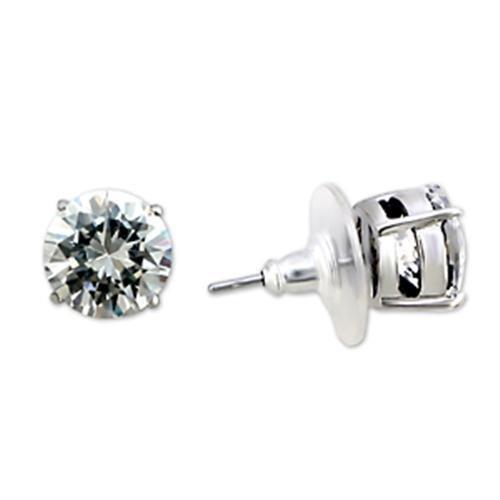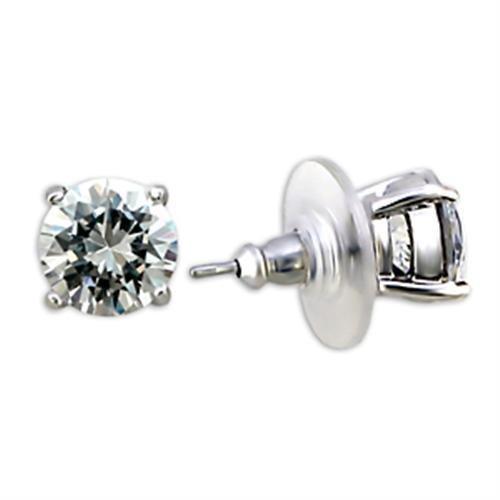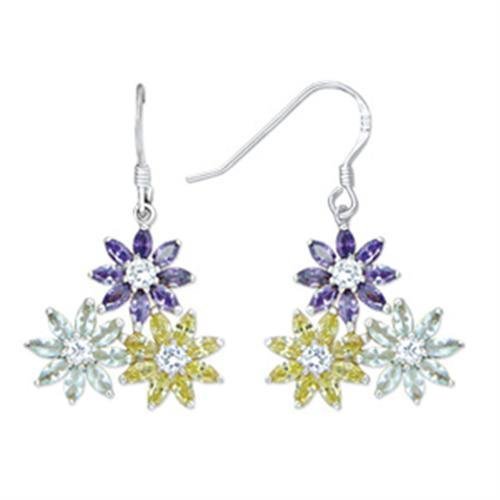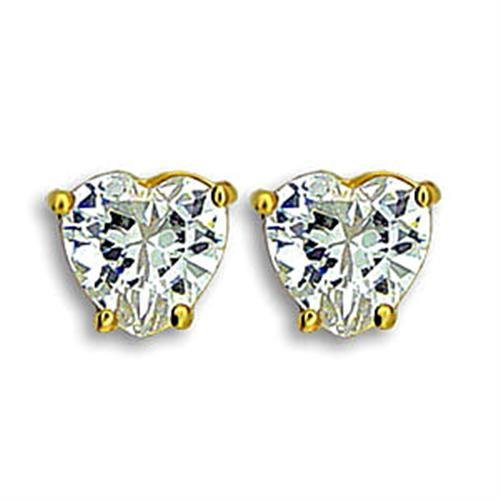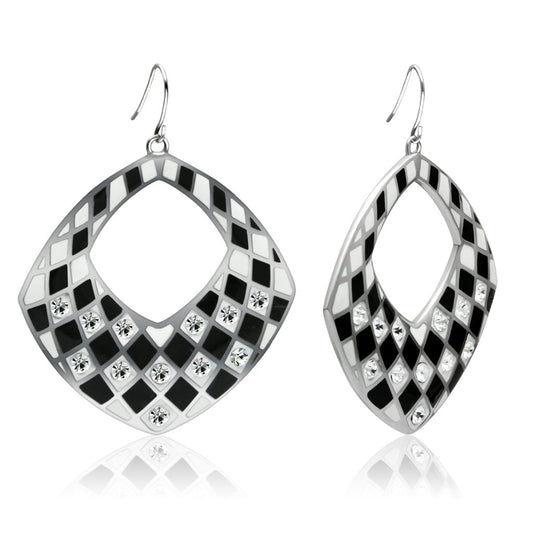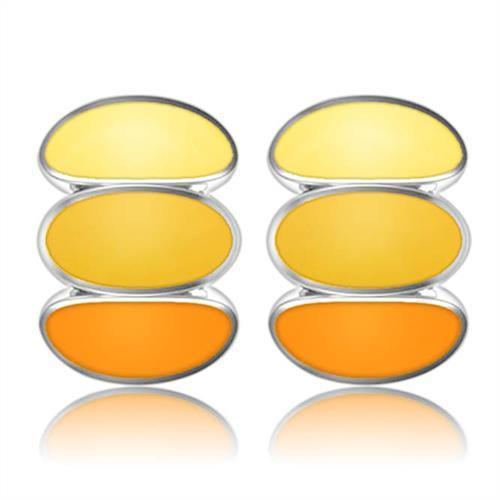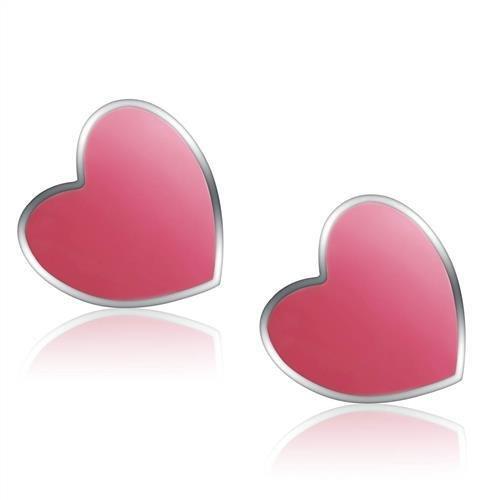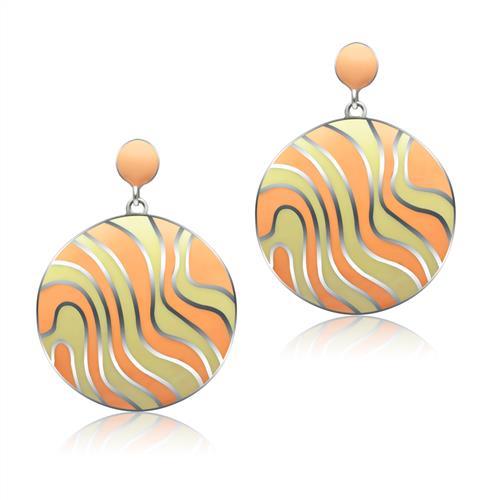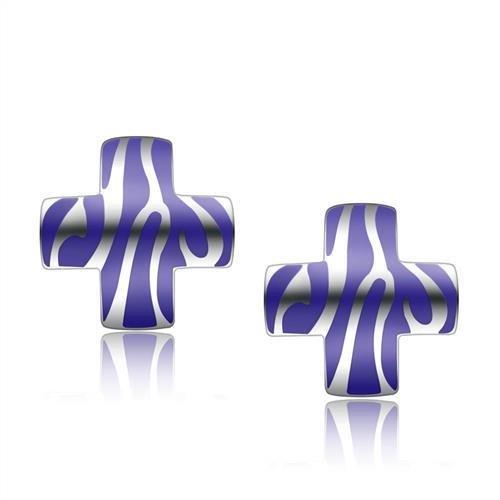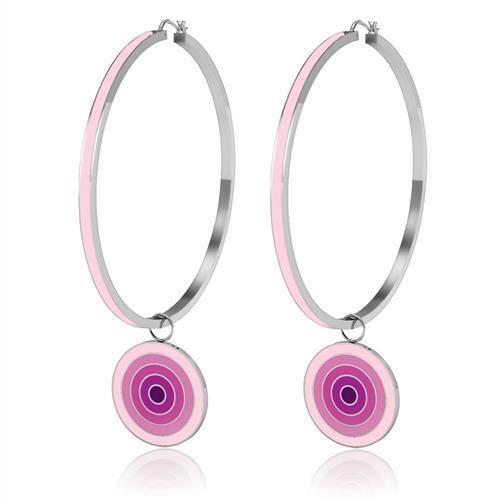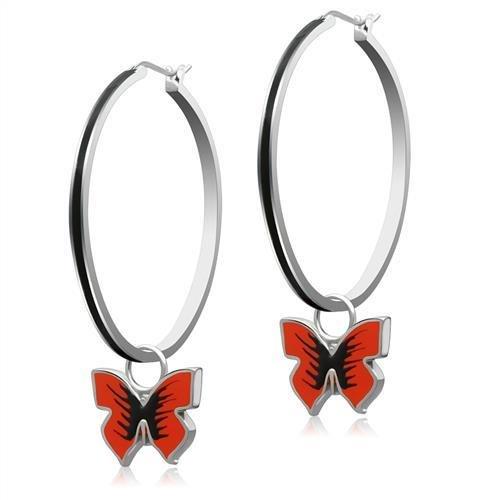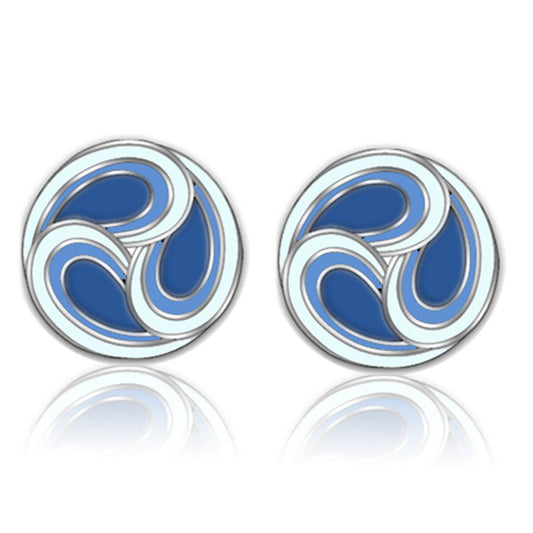When investing in a sterling silver ring, many are curious about its longevity and how it will fare with everyday use. This article explores the factors influencing the durability and appearance of sterling silver rings over time. We'll delve into the composition of sterling silver, its reaction to environmental factors, and best practices for maintaining its beauty. Additionally, we'll discuss the resilience of sterling silver against wear and tear, and how to ensure it remains a cherished piece in your jewelry collection for years to come.
Table of Contents
- Understanding Sterling Silver and Its Composition
- Daily Wear and Potential for Damage
- Professional Care and Storage Solutions
- Oxidation and Tarnishing: The Natural Aging Process
- Malleability and Its Impact on Ring Shape
- Chemical Reactivity: Environmental Factors to Consider
- Hypoallergenic Qualities of Sterling Silver
- Maintenance: Keeping Your Sterling Silver Ring Looking Its Best
- Professional Care: When to Seek Expert Help
-
FAQ: Sterling Silver Rings - Longevity and Care
- Can I wear my sterling silver ring every day?
- How often should I clean my sterling silver ring?
- Will my sterling silver ring turn my finger green?
- Can I sleep with my sterling silver ring on?
- Does sterling silver tarnish faster in certain environments?
- Can I resize my sterling silver ring multiple times?
- Is sterling silver suitable for engagement rings?
- How do I know if my sterling silver ring is genuine?
- Can sterling silver rings be engraved?
- What should I do if my sterling silver ring becomes misshapen?
Understanding Sterling Silver and Its Composition
Sterling silver, known for its bright luster and classic appeal, is an alloy made up of 92.5% pure silver and 7.5% other metals, commonly copper. This combination gives sterling silver its renowned strength and durability, making it a popular choice for rings and other jewelry. However, because pure silver is naturally soft, the addition of copper or other metals helps to enhance its hardness, enabling it to withstand daily wear without losing its shape.
The Role of Alloy Composition in Durability
The inclusion of metals like copper in sterling silver is crucial to its durability. Copper increases the alloy's strength but also plays a role in tarnishing. Over time, exposure to air and moisture can lead to the formation of a patina—a natural darkening of the metal surface—which some wearers find adds character to the piece. However, if you prefer to maintain the original shine of your sterling silver ring, regular cleaning and proper maintenance are essential.
Chemical Reactivity: What to Avoid
Sterling silver is susceptible to chemical reactions that can affect its appearance. For instance, exposure to chlorine, saltwater, and high humidity can accelerate tarnishing and even lead to pitting, where small holes form on the ring's surface. To prevent such damage, it's advisable to remove your sterling silver ring before swimming in chlorinated pools or saltwater and to store it in a dry place when not in use. This precautionary measure helps to preserve its luster and integrity.
Daily Wear and Potential for Damage
While sterling silver is durable, it is not impervious to scratches and dents, particularly with daily wear. The alloy's malleability, while beneficial for tasks like resizing, also means that it can be prone to minor deformations under pressure. To minimize damage, avoid wearing your sterling silver ring during activities that could cause significant impact or abrasion, such as heavy lifting or using abrasive tools.
Scratching, Denting, and Resizing
Regular wear can lead to scratches, but these can often be polished out by a professional jeweler. Denting, though less common, can occur if the ring is subjected to heavy force. If your ring does become misshapen, its malleability allows for resizing and reshaping. However, frequent resizing should be avoided as it can weaken the structure of the ring over time.
Professional Care and Storage Solutions
Even with the best care, there may come a time when your sterling silver ring requires professional attention. Professional cleaning and polishing can restore its original shine and address deeper scratches or tarnish that regular home care cannot. Additionally, storing your ring properly—ideally in a soft, dry place—will protect it from unnecessary wear and environmental factors that contribute to tarnishing.
For those interested in complementing their sterling silver rings with other jewelry pieces, exploring our collection of bracelets can offer a range of options that match in style and durability.
Oxidation and Tarnishing: The Natural Aging Process
Sterling silver, while beautiful, is prone to oxidation and tarnishing—a natural process that occurs as the metal reacts with elements in the environment. Oxidation typically results in a dull, darkened appearance on the surface of the ring. This is particularly noticeable in areas with high humidity or pollution, where the presence of sulfur compounds can accelerate tarnishing.
How to Slow Down Tarnishing
To slow down the tarnishing process, it is important to understand what causes it and how to mitigate these factors. Daily wear can actually help prevent tarnishing as the natural oils on your skin act as a barrier against oxidation. However, exposure to certain chemicals, such as those found in household cleaners, perfumes, and lotions, can speed up tarnishing. Therefore, it’s advisable to apply these products before putting on your sterling silver ring.
Storing your ring properly when not in use is also crucial. Keeping it in an airtight bag or a jewelry box lined with anti-tarnish fabric can help reduce exposure to air and moisture, thus preserving its shine. For those who enjoy pairing their rings with other accessories, our collection of necklaces offers pieces that complement the elegance of sterling silver, adding a cohesive look to your jewelry ensemble.
The Formation of Patina: A Unique Character
As your sterling silver ring ages, it may develop a patina, a soft sheen that results from the gradual tarnishing of the metal. Many silver enthusiasts appreciate the patina for the unique, antique appearance it gives to their jewelry. While some may choose to polish their rings to maintain a bright, reflective surface, others embrace the patina as it adds depth and character to the piece.
If you prefer the look of polished silver but still want to maintain some of the natural aging effects, consider periodic polishing that doesn’t completely remove the patina but instead highlights the contrast between the darker and lighter areas of the ring.
Malleability and Its Impact on Ring Shape
Sterling silver is known for its malleability, which means it can be shaped and resized relatively easily compared to other metals. This feature is particularly beneficial if you experience fluctuations in finger size due to changes in temperature, weight, or health conditions.
Resizing: The Pros and Cons
One of the advantages of sterling silver's malleability is the ease with which it can be resized. If your ring becomes too tight or too loose, a jeweler can adjust its size without compromising its structural integrity. However, it is important to note that repeated resizing can weaken the metal over time, making it more susceptible to bending or breaking.
If you anticipate needing frequent adjustments, it might be worthwhile to consider a ring style that is inherently more adjustable, or perhaps explore options such as bangles, which offer a looser fit and can be worn across different seasons without the need for resizing.
The Risk of Stretching
In addition to resizing, the malleable nature of sterling silver means that it can stretch if subjected to consistent pressure. This is more likely to happen if the ring is worn while engaging in activities that put strain on the metal, such as lifting heavy objects or working with your hands. To avoid unnecessary stretching, it's advisable to remove your ring during such activities and store it safely.
Chemical Reactivity: Environmental Factors to Consider
The environment plays a significant role in the longevity of your sterling silver ring. Exposure to elements like chlorine, saltwater, and high humidity can cause not only tarnishing but also chemical reactions that weaken the metal. For example, wearing your ring while swimming in a pool can result in the chlorine causing pitting, a type of corrosion that creates small, irreversible holes in the surface of the silver.
Protecting Your Ring from Harmful Substances
To protect your ring from these harmful substances, it’s best to remove it before swimming, bathing, or using household cleaning products. Additionally, avoiding prolonged exposure to direct sunlight or heat sources can help prevent discoloration and warping of the metal.
If you’re someone who enjoys accessorizing with a variety of jewelry, exploring our earrings collection could provide additional pieces that complement your sterling silver ring without exposing it to undue wear.
Hypoallergenic Qualities of Sterling Silver
Sterling silver is often favored by those with sensitive skin due to its hypoallergenic properties. Unlike other metals that may contain nickel, which can cause allergic reactions, sterling silver is generally well-tolerated by most people. The copper or other metals used in the alloy typically do not provoke the same allergic responses as nickel, making it a safer option for daily wear.
Choosing Sterling Silver for Sensitive Skin
For individuals prone to skin irritations, selecting a high-quality sterling silver ring can help minimize the risk of allergic reactions. It’s important to ensure that the ring is stamped with a hallmark indicating its purity, such as "925," which confirms that it is made from 92.5% pure silver. This is especially important when purchasing from new or unfamiliar sources.
If you’re looking for jewelry that pairs well with your sterling silver ring while maintaining a hypoallergenic standard, consider exploring our collection of brooches, which are crafted with the same attention to quality and skin safety.
Maintenance: Keeping Your Sterling Silver Ring Looking Its Best
Regular maintenance is key to preserving the beauty and durability of your sterling silver ring. Even with careful daily wear, your ring will naturally accumulate dirt, oils, and possibly tarnish over time. Establishing a routine for cleaning and caring for your ring will ensure it remains in excellent condition.
Cleaning Tips for Sterling Silver
To clean your sterling silver ring, you can use a soft cloth and a mild detergent mixed with warm water. Gently rub the ring to remove dirt and oils, then rinse it thoroughly and dry it with a soft, lint-free cloth. For more stubborn tarnish, a specialized silver polish or a homemade solution of baking soda and water can be used to restore its shine.
However, it’s essential to avoid harsh chemicals or abrasive materials, as these can scratch or damage the surface of the ring. If your ring has intricate designs or gemstone settings, consider using a soft-bristled toothbrush to clean hard-to-reach areas without scratching the metal.
Storing Your Ring Properly
Proper storage is another critical aspect of maintaining your sterling silver ring. When not in use, store your ring in a dry, cool place away from direct sunlight. An airtight container or a jewelry box with anti-tarnish strips can help protect the ring from moisture and environmental pollutants that accelerate tarnishing.
Avoid storing your sterling silver ring in contact with other metals, as this can lead to scratching or other damage. If you have a collection of rings or other jewelry, consider using individual compartments or pouches to keep each piece separate.
Professional Care: When to Seek Expert Help
Despite your best efforts at home, there may come a time when your sterling silver ring requires professional care. Over time, even well-maintained rings can accumulate scratches, deep tarnish, or other signs of wear that are difficult to address without specialized tools and expertise.
Benefits of Professional Cleaning and Polishing
Professional jewelers have the tools and knowledge needed to restore your sterling silver ring to its original luster. They can perform a deep clean, remove scratches, and polish the ring to bring back its shine. Additionally, if your ring has been resized multiple times or has developed dents or bends, a jeweler can carefully reshape and reinforce it to ensure it remains structurally sound.
For those who wear their sterling silver ring frequently, scheduling regular professional cleanings can help maintain its beauty and prolong its life. Depending on how often you wear your ring and the conditions it is exposed to, professional care may be needed once a year or more frequently.
When to Consider a Jewelry Makeover
If your sterling silver ring has seen better days and is showing significant signs of wear, you might want to consider giving it a complete makeover. This could involve having the ring refinished, resizing it to better fit your finger, or even adding new design elements such as engraving or additional gemstones.
While a jewelry makeover is a more significant investment, it can breathe new life into a beloved piece and allow you to continue wearing it for many more years to come.
FAQ: Sterling Silver Rings - Longevity and Care
Can I wear my sterling silver ring every day?
Yes, you can wear your sterling silver ring every day. Sterling silver is durable enough for daily wear, but it's important to avoid exposing it to harsh chemicals, saltwater, or activities that might cause scratches or dents.
How often should I clean my sterling silver ring?
It’s recommended to clean your sterling silver ring every few weeks to maintain its shine and prevent tarnish. For rings worn daily, a more thorough cleaning with a silver polish might be necessary once a month.
Will my sterling silver ring turn my finger green?
Sterling silver can sometimes cause a greenish tint on the skin due to its copper content. This is more likely if the ring is exposed to moisture, such as sweat, or if it reacts with lotions or perfumes. Regular cleaning and ensuring your ring is dry before wearing it can help prevent this.
Can I sleep with my sterling silver ring on?
While it’s generally safe to sleep with your sterling silver ring on, it's advisable to remove it to prevent accidental scratches, dents, or bending. Nighttime wear can also lead to tarnishing due to natural skin oils and moisture.
Does sterling silver tarnish faster in certain environments?
Yes, sterling silver tarnishes faster in environments with high humidity, pollution, or exposure to chemicals like chlorine and sulfur. Storing your ring properly and cleaning it regularly can help slow down this process.
Can I resize my sterling silver ring multiple times?
Sterling silver rings can be resized, but repeated resizing can weaken the metal over time. If frequent resizing is necessary, consult with a jeweler to ensure the structural integrity of the ring is maintained.
Is sterling silver suitable for engagement rings?
Sterling silver can be used for engagement rings, especially if you prefer a more affordable and hypoallergenic option. However, because it's softer than gold or platinum, it may require more frequent maintenance to keep it looking its best.
How do I know if my sterling silver ring is genuine?
Genuine sterling silver rings are typically stamped with a hallmark such as "925," indicating they contain 92.5% pure silver. If your ring lacks this mark, it may not be authentic sterling silver.
Can sterling silver rings be engraved?
Yes, sterling silver rings can be engraved. Due to the metal's malleability, engraving is relatively easy, allowing for personalization. However, ensure that the engraving is done by a professional to avoid damaging the ring.
What should I do if my sterling silver ring becomes misshapen?
If your sterling silver ring becomes misshapen, take it to a professional jeweler. They can reshape it without compromising the ring’s integrity. Avoid attempting to reshape the ring yourself, as this could cause further damage.
This comprehensive guide provides all the information you need to care for your sterling silver ring and ensure it stands the test of time. Whether you're concerned about daily wear, tarnishing, or professional care, following the advice outlined here will help keep your sterling silver ring looking beautiful for years to come. For those looking to expand their collection, explore our range of jewelry that complements sterling silver beautifully.


